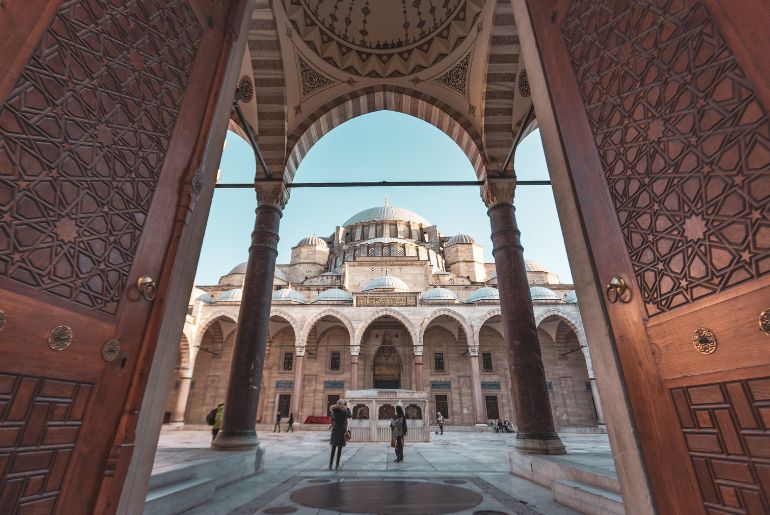One of the rare yet beautiful places to exist is Istanbul. It’s the only city to straddle Europe and the Middle East; the Turkish metropolis is simultaneously an Asian and a European city. The city was formerly known as Constantinople, which helps to explain why it served as the capital of the Eastern Roman Empire, also known as the Byzantine Empire. On March 28 in 1930, Istanbul officially replaced Constantinople as the name of the city.
Why Was It Called Constantinople?
Constantinople, the capital city of the Byzantine Empire, was renamed Istanbul in 1930. However, the renaming process had its roots in the events that took place centuries earlier. In 1453, the Ottoman Empire, led by Sultan Mehmed II, conquered Constantinople after a prolonged siege, thus bringing an end to the Byzantine Empire.

When the Ottomans acquired control in the 15th century, they didn’t formally change the name of Constantinople. Over time, the name Istanbul began to be used colloquially by the city’s residents, alongside the official name of Constantinople. However, it was not until 1930 that the Turkish government officially changed the name of the city from Constantinople to Istanbul. The renaming of the city was part of a larger effort to modernise Turkey.
However, it is to note that the name Istanbul had already been in colloquial use by the city’s residents for centuries.
Interesting Facts About Constantinople
- Constantinople was known for its magnificent architecture, including the Hagia Sophia, a massive church built by the Byzantine emperor Justinian in the 6th century. Today, many of Constantinople’s historic landmarks and buildings still stand, including the Hagia Sophia, which is now a museum.
- During its long history, Constantinople was known for its vibrant culture, including art, literature, and music. The city played a key role in the development of Christianity, with many important church councils and theological debates taking place there. It was a centre of learning, with many famous scholars and philosophers studying and teaching there.
- The city was strategically located on the Bosphorus Strait, which connects the Black Sea to the Mediterranean, making it a crucial centre for trade and commerce. From the mid-5th century to the early 13th century, Constantinople was the largest and wealthiest city in Europe.
- 19th-century Constantinople was home to the first known Western Armenian journal published and edited by a woman (Elpis Kesaratsian).
- Historians believe the first name of the city was Lygos.
- Emperor Constantine the Great chose the historic city of Byzantium to serve as the new capital of the Roman Empire in 324, following the unification of the Western and Eastern Roman Empires, and the city was given the name Nova Roma, or New Rome.
Also Read: This Is The Best Time Of The Year To Visit Turkey
The history of this city with many names has always caught the fancy of many people with its impressive cultural heritage. With its rich history and diverse landscape, this place has something to offer for every type of traveller.
Visit here for more information on Turkey
All image credits: Canva




